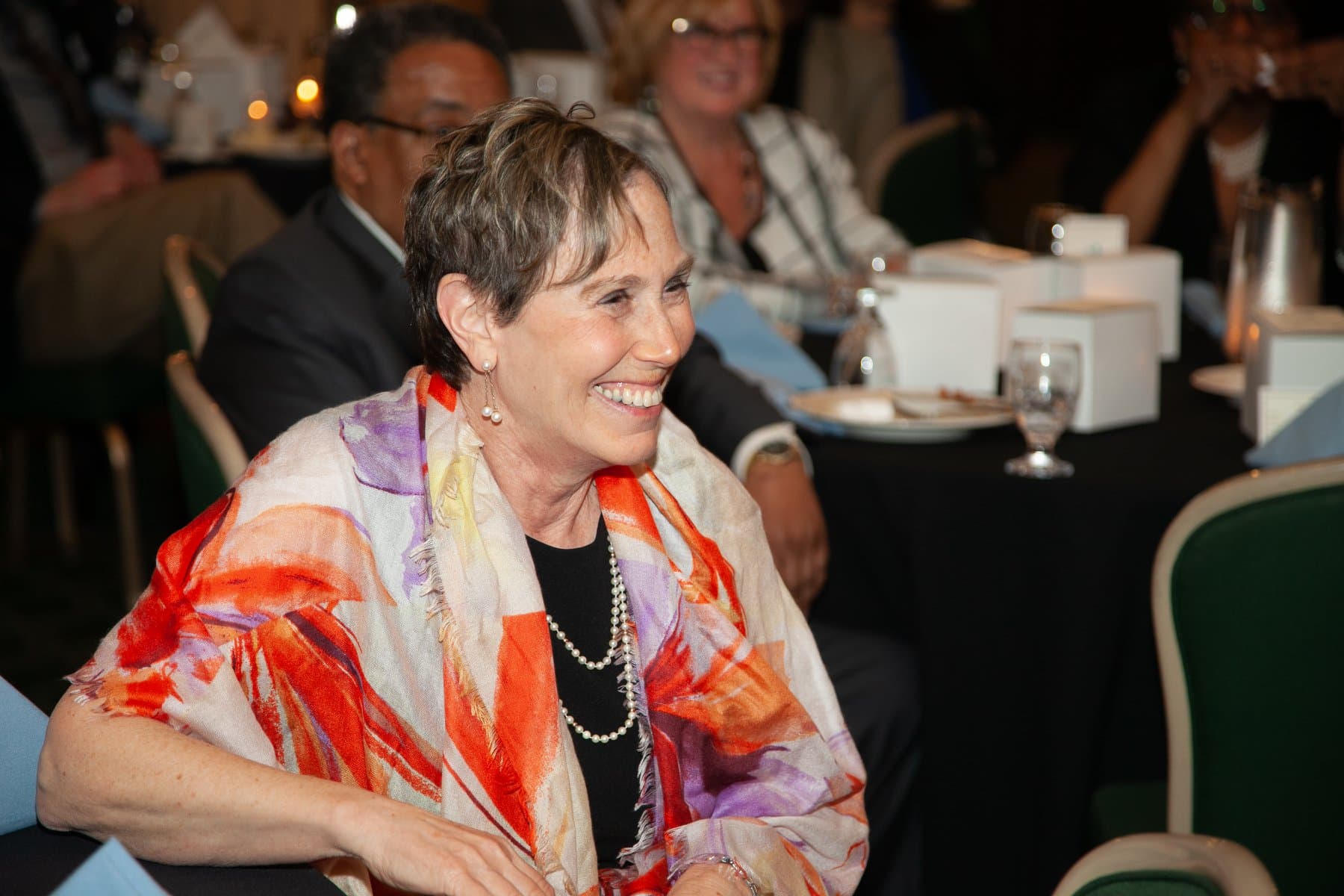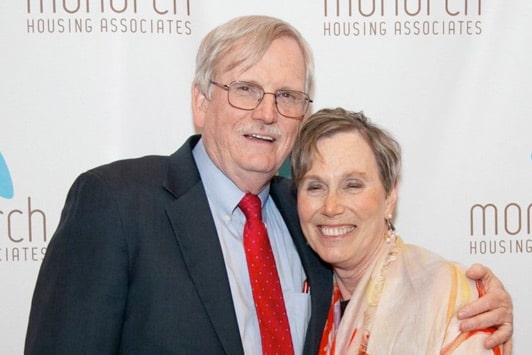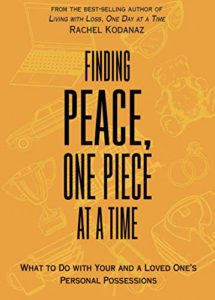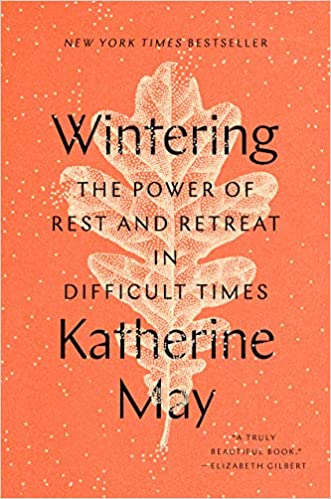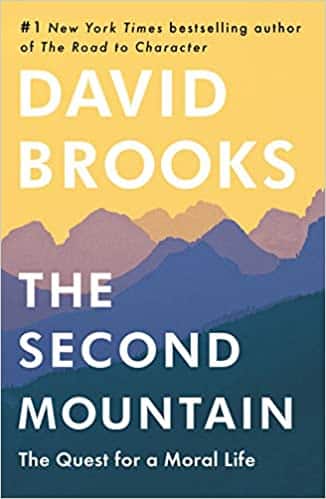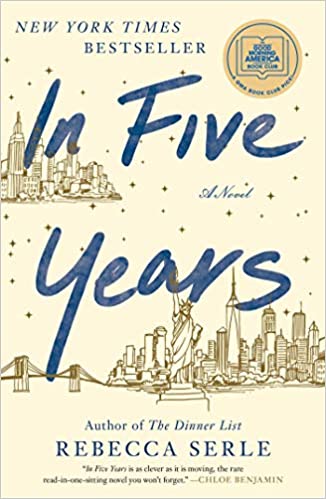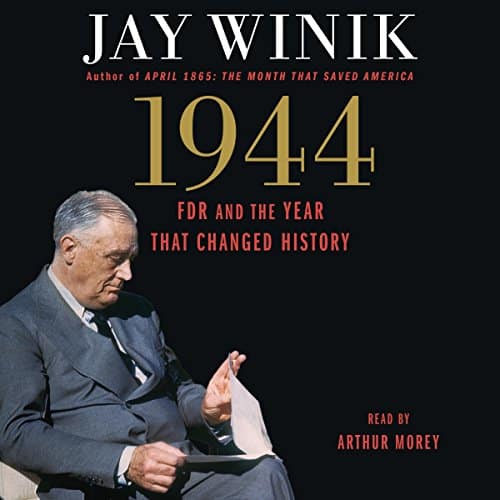
Avoiding the Gaze of the Abyss of Grief!
Learning from Grief, Walking Into the Future!
Estimated reading time: 2 minutes, 55 secondsAfter my wife Jan passed away, another widow advised me not to rush into donating her clothes, warning that I might regret it. Despite her advice, I decided to proceed with the donations. Jan had an extensive collection of work attire and winter clothing that I knew could benefit other women needing professional or warm clothing. Rather than dwelling in the bottomless chasm of my loss, I believed that taking action was more critical. I understood that dwelling on Jan’s absence would not help me move forward. It reminded me of the words of Friedrich Nietzsche in “Beyond Good and Evil” — to avoid staring into the abyss. “And if you gaze for long into an abyss, the abyss gazes also into you.”
After Jan’s passing, I asked my son Mike, daughter-in-law Elyssa, Ana, and Hugo to help me sort out Jan’s clothing. Before their arrival, I familiarized myself with the “Magic of the Six Piles” method from Rachel Blythe Kodanaz‘s book Finding Peace, One Piece at a Time. This method categorizes items into Keep, Share, Donate, Sell, Dispose, and Contemplate piles.
After going through the belongings, we kept a Girl Scout shirt and a silk scarf for sentimental reasons and gave the rest to others. Ana took a few pieces, but we agreed to donate nearly everything since I didn’t want to sell anything, and some items were torn or useless.
As I delved into the task, I was surprised that the process could have been more excruciating. We even managed to share a few lighthearted moments. However, as I continued to unearth more shoes, I couldn’t help but jest, “Jan almost had as many shoes as Imelda Marcos.” Unfortunately, the absence of laughter made me realize that the individuals present were likely too young to recall the historical figure of Ms. Marcos, and I hesitated to invest the effort needed to explain the joke.

When I loaded my car, there was barely room for me in the driver’s seat. On December 12, 2021, I drove to their offices and helped them unload everything.
Upon returning home, I could walk into our spacious closet and not only see my clothes but also take comfort in the knowledge that Jan’s clothes had been donated to Dress for Success and the YWCA. Jan’s clothes will help women attending job interviews to find suitable attire. If I had kept her clothes, the closet would not have been mostly empty, but it still felt like a void. Not having the constant reminder of loss staring at me helped me to cope with grief, and I eventually began to take steps forward, leading to an “apolytus” (ah-pahl-i-tuhs) moment, which recognizes that we have outgrown our old problems and transformed, like a reptile shedding its skin. Once we have experienced this transformation, we can reflect on our past selves and see how different we were, knowing we have grown and moved on. If I had still been waking up to the bottomless chasm of my loss staring at me, I am not sure where I would be today. Taking proactive steps earlier than many other widows had recommended, I was able to move past my grief and learn to live fully after experiencing such a significant loss.
